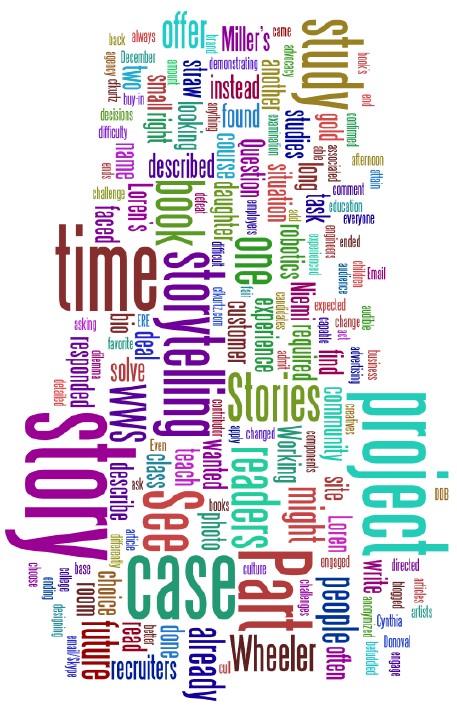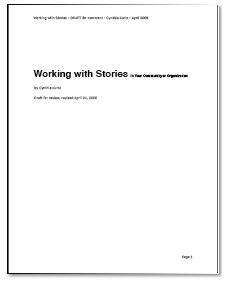I mentioned recently that I frequently read articles directed at recruiters to get a look at the other side of the hiring process.
Saw a terrific story on ERE.net by Ross Clennett about how the founder and lead guitarist of the 80s band Journey, Neal Schon, attempted to recruit a new lead vocalist to replace the departed Steve Perry. 
After much tribulation, he ended up seeing 40-year-old Filipino lead singer, Arnel Pineda, doing an excellent performance of Journey tunes on YouTube.
Clennett found the story illustrative of how the recruiting world has changed, writing:
What a fantastic story for the new world of recruitment: a story covering globalization, Web 2.0, and non-traditional sourcing strategies …. Consider that in this Journey-finds-new-lead-singer story, the following occurred via the World Wide Web:
- The employer sourced a potential employee, living in another country, online.
- The employer contacted the potential employee.
- The competence of the potential employee was able to be assessed sufficiently well to arrange a live interview (audition) in another country without any need for a resume.
Certainly fuel for the argument that new forms – including storytelling forms, such as blogs and videos – may take over for the resume.




